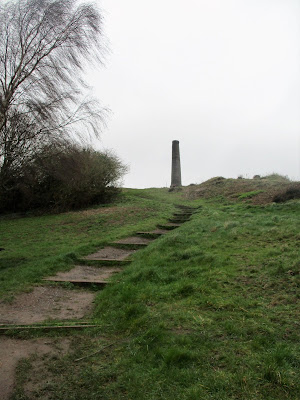 This gave us the chance to walk around the cemetery a bit, which was looking particularly photogenic.
This gave us the chance to walk around the cemetery a bit, which was looking particularly photogenic. With so many of the graves seeming to founder and sink under the weight of vegetation, it could have provided a handy metaphor for the state of this nation ...
With so many of the graves seeming to founder and sink under the weight of vegetation, it could have provided a handy metaphor for the state of this nation ... ... although we tried to focus on resurgent nature as an act of reclamation.
 'Come live with me and be my love,
'Come live with me and be my love,And we will all the pleasures prove'
An old friend
The eyes have it
The modest, tucked-away grave of George Müller, founder of the Ashley Down orphanage
My first bluebell (and chiff-chaff) of the year
Laocoön and his sons (detail)
Before we returned to the far north of the city, we popped over to Ryde Road, round the side of the local shopping centre, to pay homage to my favourite Arts and Crafts etcher, Robin Tanner. Although he spent most of his life in North Wiltshire, Tanner was born in this house (no 5).
This Quaker, pacifist, advocate for the education and creativity of children, supporter of refugees and supreme artist-craftsman died aged 84 in 1988, despairing over the policies of Margaret Thatcher.
 I could cry to think how he would feel now, as we reap her bitter harvest.
I could cry to think how he would feel now, as we reap her bitter harvest. 


























































